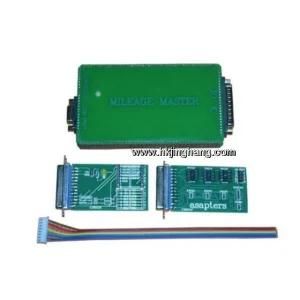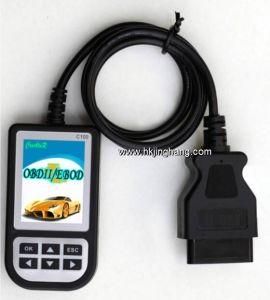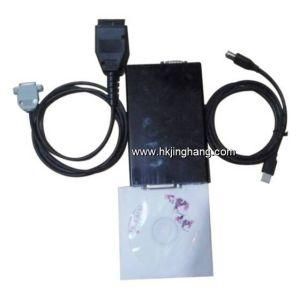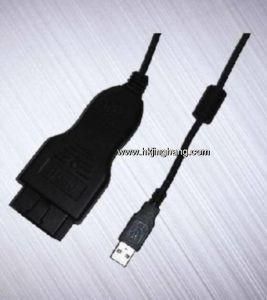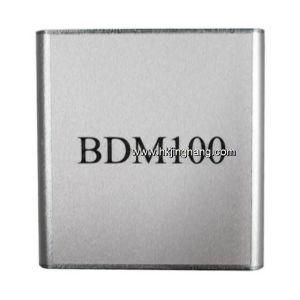Chain Supply ISO? BS? DIN Standard Short Pitch 35-1 06c-1 Agricultural Conveyor Roller Chain and Timing Chain
Rizhao City Sanxing Chemicals Co., Ltd. / 2022-06-27
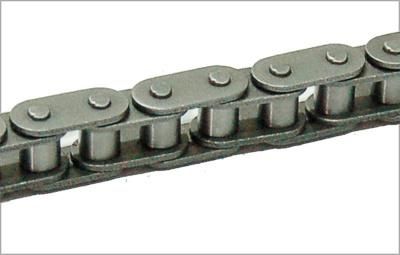
- Standard or Nonstandard:Standard
- Application:Textile Machinery, Garment Machinery, Conveyer Equipment, Packaging Machinery, Electric Cars, Motorcycle, Food Machinery, Marine, Mining Equipment, Agricultural Machinery, Car, Motor, Electric Cars, Motorcycle, Machinery, Marin
- Surface Treatment:Polishing
- Structure:Roller Chain
- Material:40mn, 45mn, Stainless 304, Alloy
- Type:Chain, Short Pitch Chain
=== Base Info ===
- Model NO.:35-1 35-2 06c 06c-1 06c-2 06c-3
- Hardness:Hardened Tooth Surface
- Toothed Portion Shape:06c
- Manufacturing Method:Stamping
- Transport Package:Single Packing
- Specification:40Mn
- Trademark:SMCC
- Origin:China
- HS Code:7315119000
- Production Capacity:1000000000,Year
=== Description ===
For mnemonic purposes, below is another presentation of key dimensions from the same standard, expressed in fractions of an inch (which was part of the thinking behind the choice of preferred numbers in the ANSI standard):
in eighths
chain number
Notes:
1. The pitch is the distance between roller centers. The width is the distance between the link plates (i.e. slightly more than the roller width to allow for clearance).
2. The right-hand digit of the standard denotes 0 = normal chain, 1 = lightweight chain, 5 = rollerless bushing chain.
3. The left-hand digit denotes the number of eighths of an inch that make up the pitch.
4. An "H" following the standard number denotes heavyweight chain. A hyphenated number following the standard number denotes double-strand (2), triple-strand (3), and so on. Thus 60H-3 denotes number 60 heavyweight triple-strand chain.
A typical bicycle chain (for derailleur gears) uses narrow 1⁄2-inch-pitch chain. The width of the chain is variable, and does not affect the load capacity. The more sprockets at the rear wheel (historically 3-6, nowadays 7-12 sprockets), the narrower the chain. Chains are sold according to the number of speeds they are designed to work with, for example, "10 speed chain". Hub gear or single speed bicycles use 1/2" x 1/8" chains, where 1/8" refers to the maximum thickness of a sprocket that can be used with the chain.
Typically chains with parallel shaped links have an even number of links, with each narrow link followed by a broad one. Chains built up with a uniform type of link, narrow at one and broad at the other end, can be made with an odd number of links, which can be an advantage to adapt to a special chainwheel-distance; on the other side such a chain tends to be not so strong.
Roller chains made using ISO standard are sometimes called as isochains.
New product
Hot product
- Gm Candi Interface
2022-06-23
- Scan Dash V2.0 for BMW
2022-06-23
- K+Can Commander 2.0
2022-06-23
- Mut-3 Professional Diagnostic Tool Mut3
2022-06-23
- CKM-100 Key Programmer for Benz/BMW
2022-06-23
- Fuel Injector Tester & Cleaner (MST-N6A)
2022-06-23
- Mst 9000+ Plus ECU Simulator
2022-06-23
- OBD Ii Code Reader Mst-300, OBD2 Code Scanner
2022-06-23
- Digital Battery Analyzer (SC-100)
2022-06-23
- VAS5052A PC VERSION with VAS5054A Wireless Bluetooth Communicate
2022-06-23

